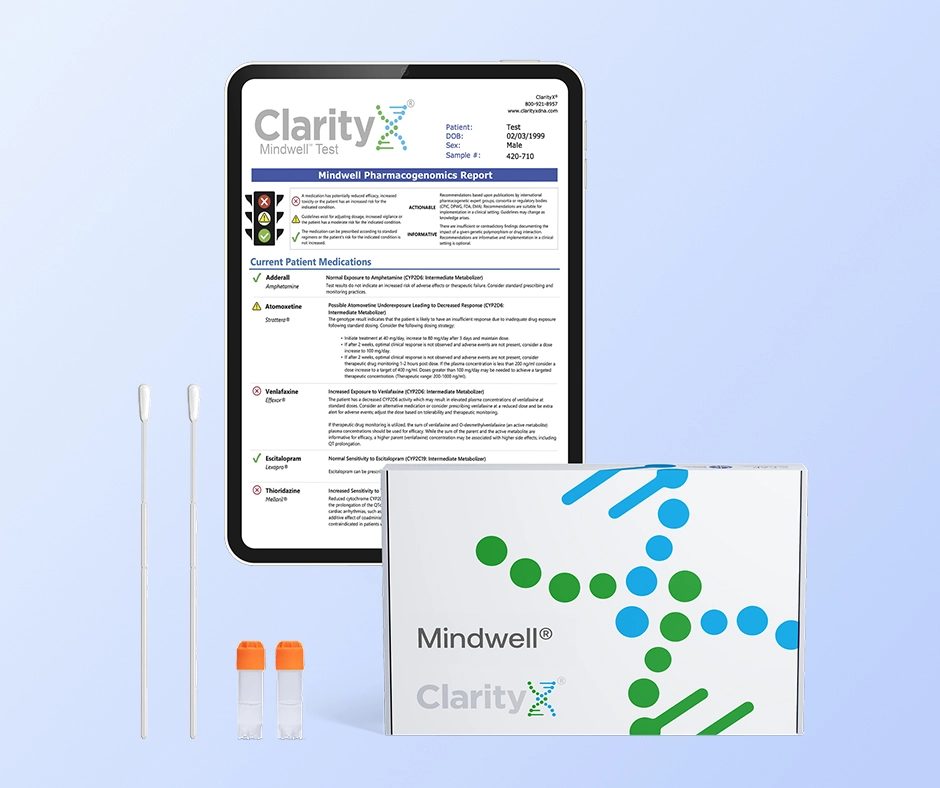Spring Sale! Save 25%️
Free Express Shipping
Sale Ends: 05/23
Uses
Side effects
Interactions
Precautions
- Diaßeta is indicated as an adjunct to diet and exercise to improve glycemic control in adults with type 2 diabetes mellitus.
- Hypoglycemia: See PRECAUTIONS and OVERDOSAGE Sections. Gastrointestinal Reactions: Cholestatic jaundice and hepatitis may occur rarely which may progress to liver failure; Diaßeta should be discontinued if this occurs. Liver function abnormalities, including isolated transaminase elevations, have been reported.
- Gastrointestinal disturbances, e.g., nausea, epigastric fullness, and heartburn, are the most common reactions and occur in 1.8% of treated patients.
- They tend to be dose-related and may disappear when dosage is reduced.
- Dermatologic Reactions: Allergic skin reactions, e.g., pruritus, erythema, urticaria, and morbilliform or maculopapular eruptions, occur in 1.5% of treated patients. These may be 6 transient and may disappear despite continued use of Diaßeta; if skin reactions persist, the drug should be discontinued.
- Porphyria cutanea tarda and photosensitivity reactions have been reported with sulfonylureas.
- Hematologic Reactions: Leukopenia, agranulocytosis, thrombocytopenia, which occasionally may present as purpura, hemolytic anemia, aplastic anemia, and pancytopenia have been reported with sulfonylureas.
- Metabolic Reactions: Hepatic porphyria reactions have been reported with sulfonylureas; however, these have not been reported with Diaßeta.
- Disulfiram-like reactions have been reported very rarely with Diaßeta.
- Cases of hyponatremia have been reported with glyburide and all other sulfonylureas, most often in patients who are on other medications or have medical conditions known to cause hyponatremia or increase release of antidiuretic hormone. The syndrome of inappropriate antidiuretic hormone (SIADH) secretion has been reported with certain other sulfonylureas, and it has been suggested that these sulfonylureas may augment the peripheral (antidiuretic) action of ADH and/or increase release of ADH.
- Other Reactions: Changes in accommodation and/or blurred vision have been reported with glyburide and other sulfonylureas. These are thought to be related to fluctuation in glucose levels. In addition to dermatologic reactions, allergic reactions such as angioedema, arthralgia, myalgia and vasculitis have been reported.
- The hypoglycemic action of sulfonylureas may be potentiated by certain drugs including nonsteroidal anti-inflammatory agents, ACE inhibitors, disopyramide, fluoxetine, clarithromycin, and other drugs that are highly protein bound, salicylates, sulfonamides, chloramphenicol, probenecid, monoamine oxidase inhibitors, and beta adrenergic blocking agents.
- When such drugs are administered to a patient receiving Diaßeta, the patient should be observed closely for hypoglycemia. When such drugs are withdrawn from a patient receiving Diaßeta, the patient should be observed closely for loss of control.
- A potential interaction between oral miconazole and oral hypoglycemic agents leading to severe hypoglycemia has been reported. Whether this interaction also occurs with the intravenous, topical or vaginal preparations of miconazole is not known.
- A possible interaction between glyburide and fluoroquinolone antibiotics has been reported resulting in a potentiation of the hypoglycemic action of glyburide. The mechanism for this interaction is not known. Possible interactions between glyburide and coumarin derivatives have been reported that may either potentiate or weaken the effects of coumarin derivatives.
- The mechanism of these interactions is not known. Rifampin may worsen glucose control of glyburide because rifampin can significantly induce metabolic isozymes of glyburide such as CYP2C9 and 3A4.
- Macrovascular Outcomes: There have been no clinical studies establishing conclusive evidence of macrovascular risk reduction with Diaßeta or any other anti-diabetic drug. Hypoglycemia: All sulfonylurea drugs are capable of producing severe hypoglycemia. Proper patient selection, dosage, and instructions are important to avoid hypoglycemic episodes. Severe renal or hepatic insufficiency may cause elevated blood levels of Diaßeta and the latter may also diminish gluconeogenic capacity, both of which increase the risk of serious, prolonged hypoglycemic reactions. Elderly, debilitated or malnourished patients, and those with adrenal or pituitary insufficiency are particularly susceptible to the hypoglycemic action of glucoselowering drugs.
- Hypoglycemia may be difficult to recognize in patients with autonomic neuropathy, the elderly, and in people who are taking beta-adrenergic blocking drugs or other sympatholytic agents. Hypoglycemia is more likely to occur when caloric intake is deficient, after severe or prolonged exercise, when alcohol is ingested, or when more than one glucose-lowering drug is used. Loss of control of blood glucose: When a patient stabilized on any diabetic regimen is exposed to stress such as fever, trauma, infection, or surgery, a loss of control may occur.
- At such times, it may be necessary to discontinue Diaßeta and administer insulin. The effectiveness of any oral hypoglycemic drug, including Diaßeta, in lowering blood glucose to a desired level decreases in many patients over a period of time, which may be due to progression of the severity of the diabetes or to diminished responsiveness to the drug. This phenomenon is known as secondary failure, to distinguish it from primary failure in which the drug is ineffective in an individual patient when first given.
- Hemolytic Anemia: Treatment of patients with glucose 6-phosphate dehydrogenase (G6PD) deficiency with sulfonylurea agents can lead to hemolytic anemia.
- Because Diaßeta belongs to the class of sulfonylurea agents, caution should be used in patients with G6PD deficiency and a non-sulfonylurea alternative should be considered.
- In postmarketing reports, hemolytic anemia has also been reported in patients who did not have known G6PD deficiency.


